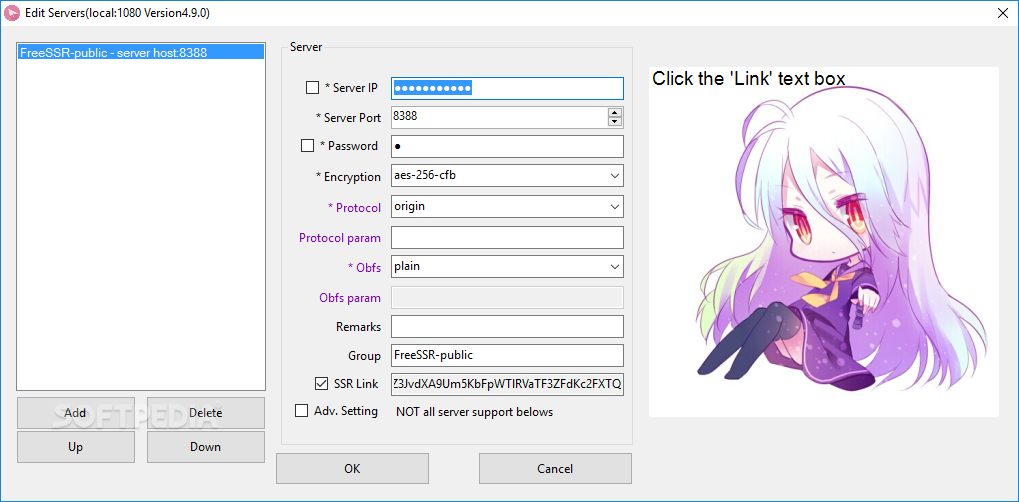
Setting up a Shadowsocks or Shadowsocks R server with BitLaunch is easy. This, as well as its use of multiple TCP connections, makes it much faster than a VPN, but means that the applications that don't support proxies will still be sending data to your ISP as normal. As such, it doesn't disguise *all* traffic, just traffic from specified applications. Instead, you have to tell the application that you have a proxy and direct it to the relevant server.

However, unlike a VPN, applications don't tend to work out-of-the-box with Shadowsocks. While both Shadowsocks and a OpenVPN encrypt data, the focus of Shadowsocks is more to disguise your traffic rather than keep it private – though, depending on your configuration, it can do so to an extent. What's the difference between Shadowsocks and OpenVPN?.No, Shadowsocks is not a VPN, though both can be used to bypass censorship.
SHADOWSOCKS R PC
An encrypted connection is formed between the Shadowsocks client on your local PC and your remote VPS proxy server, utilizing in part a well-known internet protocol called SOCKS5.

It uses encryption protocols while it does so to stop activity from being spied on by intermediaries. Shadowsocks servers use a technique called proxying to route some internet traffic through a server rather than directly from your computer to its destination. Their primary use is to bypass firewalls and other restrictions to access blocked content without being as obvious as a VPN. Shadowsocks and Shadowsocks R are free, open-source encryption protocol projects that act as a fast tunnel for a Socks5 proxy.


 0 kommentar(er)
0 kommentar(er)
